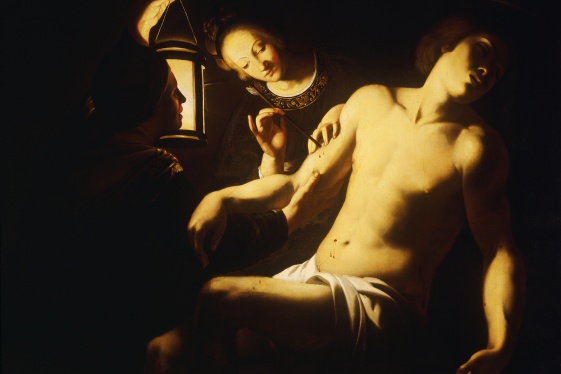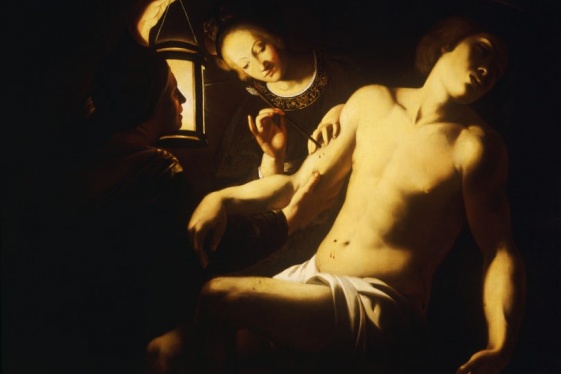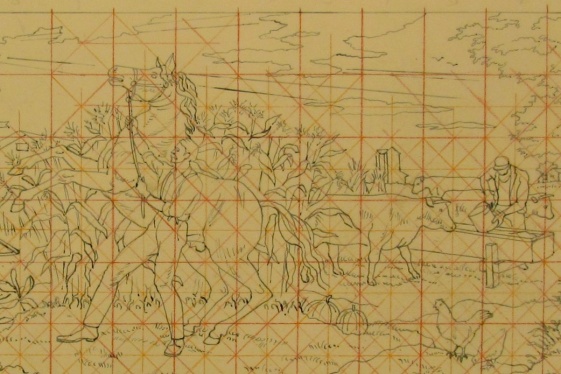Discovering Pier Francesco Foschi at the Georgia Museum of Art
Pontormo, del Sarto, Foschi. One of these names is much less of a household name when it comes to 16th-century Italian art, but the Georgia Museum of Art at the University of Georgia aims to change that this January. “Wealth and Beauty: Pier Francesco Foschi and Painting in Renaissance Florence,” organized by Nelda Damiano, the museum’s Pierre Dau...
READ MOREMuseum to feature Italian Renaissance drawings
“Master, Pupil, Follower: 16th- to 18th-Century Italian Works on Paper,” on display at Georgia Museum of Art through March 8. Drawing was at the core of Renaissance art and from the 16th century on Italian artists focused on drawing just as much if not more so than painting. Giorgio Vasari, an influential Italian painter, architect and historian, r...
READ MORECaravaggio influence on display at Georgia Museum of Art exhibit
In early-17th-century Rome, painter Michelangelo Merisi da Caravaggio sparked an artistic revolution in the Eternal City. Painters from all corners of Europe traveled to Rome to see his work and emulate his handling of light and dark, use of live models, dramatic staging and striking realism. Caravaggio’s style drew a huge following and altered the...
READ MORE‘Drama and Devotion in Baroque Rome’ on view
In early-17th-century Rome, painter Michelangelo Merisi da Caravaggio (1571 – 1610) sparked an artistic revolution in the Eternal City. Painters from all corners of Europe traveled to Rome to see his work and emulate his handling of light and dark, use of live models, dramatic staging and striking realism. Caravaggio’s style drew a huge following a...
READ MORE'Life, Love and Marriage Chests,' MFA Exit Show and More Local Art News
Renaissance Marriages: During the Italian Renaissance, exquisitely decorated wooden chests known as cassoni were an important part of marriage rituals. Typically commissioned in pairs by the bride’s father as part of her dowry, the chests existed as an expression of the family’s wealth, and represented new alliances between elite families. While so...
READ MORE






